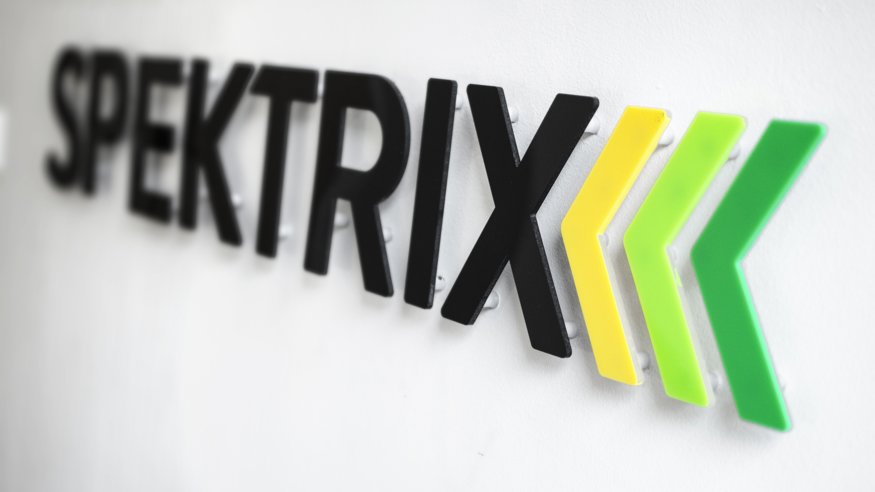POP, IMAP, and MS Exchange are all types of email connection protocols, and are methods by which a communication channel is established to allow emails to be sent between two computers or devices.
Pros and cons of POP, IMAP, and Exchange email accounts

When an email is sent from a computer or mobile device, the components are uploaded to the SMTP (Simple Mail Transfer Protocol) server as outgoing mail and are then delivered and stored on the recipient’s incoming mail server, ready to be read.
Below we have listed the pros and cons of each protocol.
POP
POP (Post Office Protocol) is a simple email service which allows your email client (i.e. Outlook, Thunderbird, Mac Mail) to connect to the mail server and download your emails directly to your computer or mobile device. The downloaded emails are then removed from the server.
Pros:
- Cheap to use as no licences are required
- Supported by virtually all devices, meaning you can access your mail wherever you are
- Simple to implement and configure
- Mail is always available on your devices for offline use
Cons:
- Messages are removed from the server once they’ve been downloaded
- The server holds no copies of sent messages
- Download speed is dependent on bandwidth, meaning any large attachments will take a while to download
- If mail is accessed on multiple devices (for example, on your desktop, mobile phone, and tablet), you may see different emails depending on what was downloaded on each device
- Doesn’t allow for inbox customisation. i.e. you’re not able to create different folders
IMAP
IMAP (Internet Message Access Protocol) has all the functions of POP, but also allows users to sync emails between multiple devices. This means you are able to view the same emails on all of your devices.
Pros:
- As with POP, no licences are required
- Again, IMAP is also supported by virtually all devices
- Email syncing allows users to access all messages, as both incoming and outgoing emails are stored on the server, rather than downloaded directly to your device(s)
- Ability to organise your inbox, and add different folders
Cons:
- Folders are likely to be duplicated if not set up properly
- If you never delete emails, or have a small amount of storage it is easy to run out of inbox space
- More powerful servers are required
MS Exchange
Microsoft Exchange is a platform developed by Microsoft and requires the purchase and use of user or server licenses. Previously, it has been marketed to enterprise level consumers, however with the development of Microsoft Office 365, small to medium sized businesses can now benefit from functionality found in Exchange, at a more affordable rate.
Pros:
- Incoming and outgoing mail is saved on the server
- Email syncing ensures that a copy of each email remains on the server, whilst also being copied to your device(s)
- Ability to organize your inbox, and add different folders
- Native integration with Microsoft products such as Sharepoint and Office
- Collaborative tools such as shared calendars and file storage allow team members to share resources
- Licence costs can be scaled by purchasing on either a per user or per server basis
- Although MS Exchange is more expensive than POP or IMAP, the typical mailbox capacity is a lot larger, meaning that cost per GB is actually really competitive
- Updated regularly meaning users are always using the latest version. This is inclusive of Office 365
Cons:
- Setup and maintenance are more technical, so require more specialised knowledge
So which protocol should you be using? This depends entirely on how you want to access and use your emails. There are pros and cons for each protocol, but it’s important to establish the best one for your requirements. For example, if you use multiple devices to check, respond to, and send emails then IMAP or Exchange would be beneficial due to their functionality. However, if you have a designated device and the need to access your messages (including attachments) offline, then POP will guarantee that they are always available even if you don’t have access to the internet. Nonetheless, for enterprise level reliability, scalability, and productivity we tend to find that Office 365 is the clear winner as once set up, it rarely fails.
If you would like more information on any of the above, please do feel free to contact us and one of the team will be happy to help.
Share article:

Spektrix: a beginner's guide
Utilised by a global user-base, Spektrix has become the market leader in back office and digital marketing systems, primarily within the arts industry. This blog explores what it is, who uses it and most importantly, how it could benefit your business.
Read more
Digital shouldn’t cost the earth!
As the effects of climate change become increasingly apparent and with 16i currently working towards B-Corp status, this blog piece looks at sustainability in the digital world and how we, as consumers can help to make a difference.
Read more
Benefits of Umbraco v9
Following the recent launch of Umbraco v9, this blog looks at the key benefits of the latest version
Read more
Roles and responsibilities in software development
16i consists of a cross-functional team made up of various roles and specialisations. This blog looks at the key responsibilities of each.
Read more
How will Google’s plan to remove third-party cookies affect your business?
Google will be removing third-party cookies from Chrome to protect their users online privacy. But it will have an impact on the way in which businesses carry out their online marketing.
Read more
Benefits of upgrading Umbraco to the latest version
Umbraco is a world-leading content management system (CMS) used by multiple business across a variety of sectors.
Read more
Why Umbraco? The top ten benefits of using Umbraco for site content
Umbraco is an-easy-to-use, open-source content management system CMS which currently supports over 0.5 million websites
Read more
What is Cloud hosting?
Cloud hosting makes websites and applications accessible using cloud resources
Read more